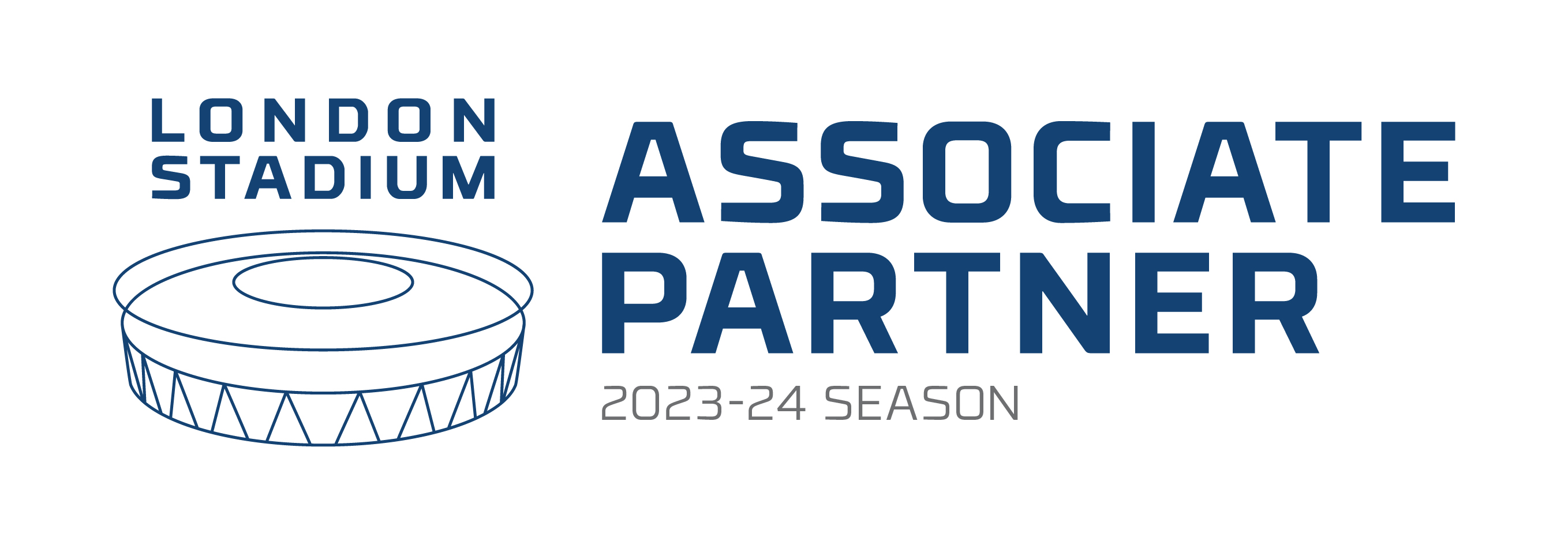FAQ Bathroom Cladding and Shower Panels
Is cladding good for bathroom?
Yes plastic cladding and shower panels are ideal for lining a bathroom due them being waterproof, cover large areas, long lasting, low cost, quick to install and available in many colours and patterns.What is the best cladding for a bathroom?
Today there are a wide variety of more modern, easier, and quicker to install bathroom cladding materials as an alternative to tiles. The most popular of these (and therefore considered best) would be plastic cladding panels / planks. PVC cladding is easy to cut, easy to glue, covers very large areas quickly, comes in wide range of colours and patterns, has good fire rating & chemical resistance, and of course totally waterproof.Can I put internal cladding over tiles?
Yes cladding can be glued directly over tiles, there are things that need to be considered before you do put them over tiles which include:- Are the tiles secure, if the not then they may need to be removed first.
- Is there enough room when the thickness of the cladding is installed over the tiles. This is normally only an issue when lipping on top of a shower tray / bath and also with the shower fittings being attached to the pipework. Where space is short, then sometimes the 2mm solid PVC sheets are the solution instead of the hollow panels.





